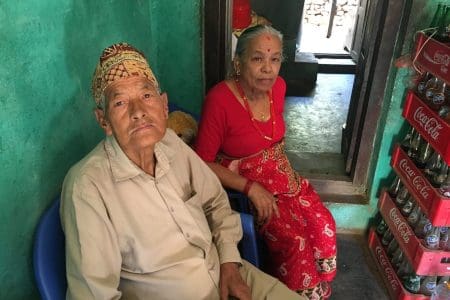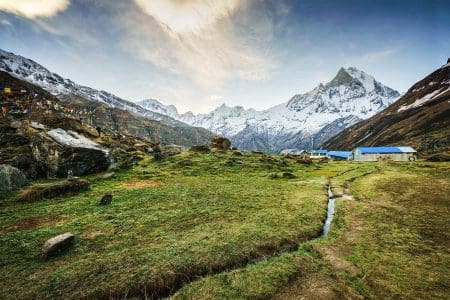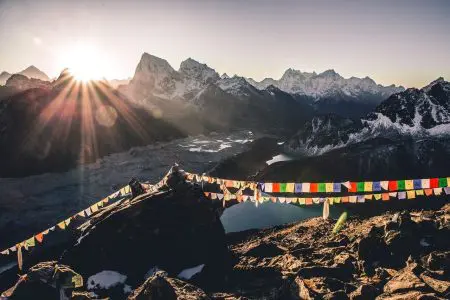Mark Bibby Jackson chats with Shiva Dhakal, Chair of the Community Homestay Network in Nepal about community-based tourism.
What does sustainable tourism mean?
Sustainable tourism to me is tourism that leaves travellers enriched with meaningful travel experiences, broadens their perspectives, and makes the world a little smaller and more connected while taking into consideration the impact on the planet and communities.
How do you put this into practice?
At Community Homestay Network, our focus is to bring the benefits of tourism to local communities. We work with communities that have traditionally been deprived of tourism dollars to ensure that the benefits of tourism reach them. Also, by focusing on alternative destinations where our homestays are located we hope to take the environmental and social burden off some of the more overcrowded tourism destinations.
We work with grassroots communities to develop attractive tourism experiences through a value-chain approach. It works with communities to develop and upgrade their tourism products, trains them on topics ranging from hygiene to hospitality, helps them bring their product to a certain standard and promotes them on the global market through digital platforms.
Community Homestay Network also trains the homestays in its network to implement sustainable practices, such as providing clean purified water in reusable water bottles rather than plastic water bottles, which is one of the major sources of plastic pollution in Nepal. Furthermore, homestays are trained to provide food with ingredients sourced locally.
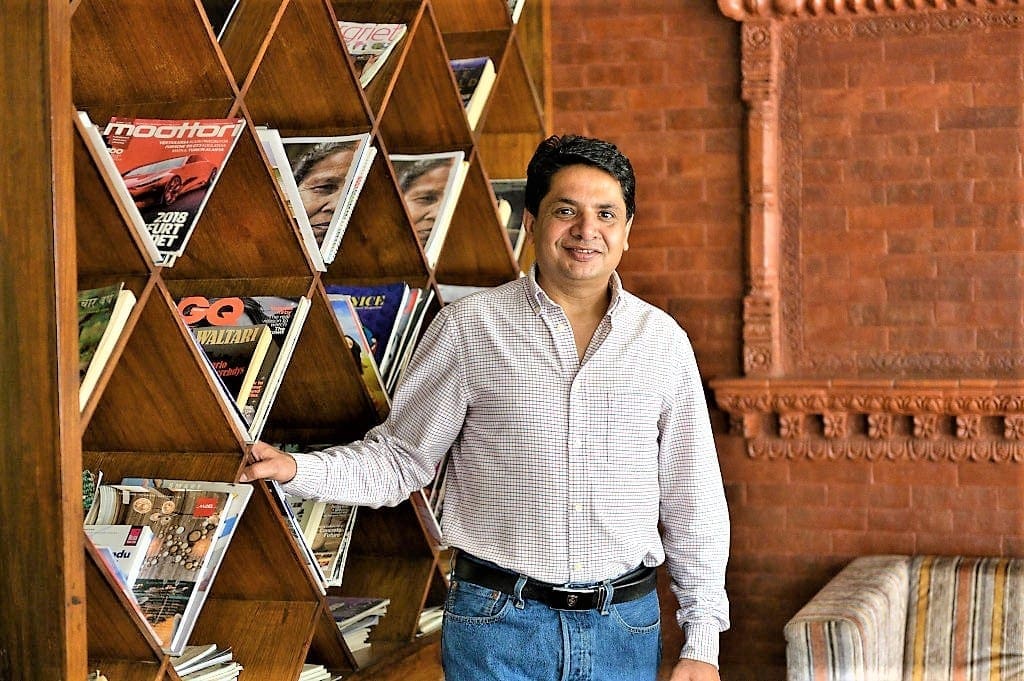
The community-based activities that homestays provide to travellers also provide employment opportunities to the local people.
Community Homestay Network is an off-shoot of Royal Mountain Travel, a travel company I founded in 2005. At Royal Mountain Travel we have a sustainability management system as a requirement for the Travelife ‘Excellence in Sustainability’ certification. Under the system we not only pay attention to our sustainability performance with regard to communities and the planet, but we also pay attention to the sustainability performance of our suppliers.
How did Community Homestay Network start?
Back in 2011, when I visited conferences and events hosted by partner organisations, I saw that the concept of community-based tourism was getting traction around the world. One particular event hosted by G Adventures, was an ‘aha’ moment for me.
Community-based tourism seemed to have the potential to transform rural lives and there was no doubt that Nepal had a large tourism potential with its diverse landscapes and diverse ethnic groups. Community-based tourism appeared to be a win-win scenario. While travellers were happy to experience a place in a more authentic way, communities benefited directly as they received income from the travellers that could be channeled towards increasing their standards of living.
Initially, where did you apply the community-based model?
The first destination was Panauti, a small city near Kathmandu, which despite having a large potential for tourism saw little tourists. Panauti had a rich cultural history and plethora of traditional houses and temples decorated in intricate Newari designs set against a scenic backdrop. It was also home to one of the tour leaders in Royal Mountain Travel’s network, who together with his wife was keen on initiating the homestay project. Soon, 13 more houses signed up and the Panauti Community Homestay began.
Throughout the establishment phase, we provided continuous support to the women of Panauti who were dedicated to making a difference in their communities through tourism. With strong marketing efforts and with the support from Planeterra in 2013, the first group of international travelers came to Panauti.
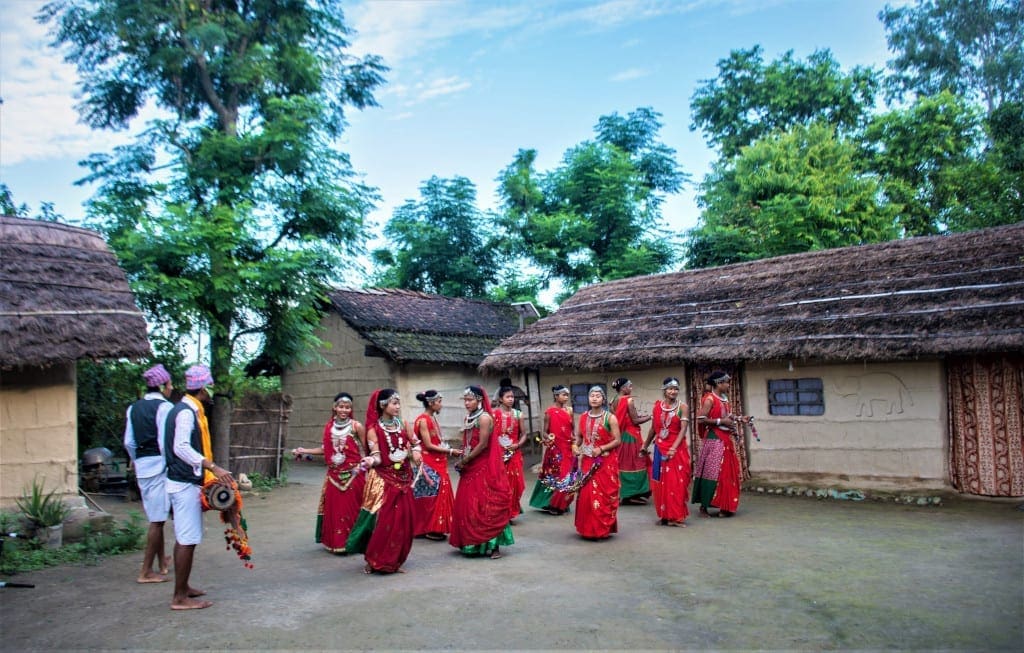
We replicated this model in other destinations as well and soon we established the Community Homestay Network as a separate company with around 10 communities in our network.
How did you grow?
In 2018, Community Homestay Network won a competitive 225,000 grant from Booking.com’s Booking Booster programme, and that was a game changer for us. With the funds, we grew our team, expanded the network, set up our website, provided more support services to communities to enhance their products and spent more on marketing destinations, so that travelers could hear about these new destinations.
Now the company also acts as an OTA platform for 21 community homestays across Nepal. Apart from this, the team at CHN designs customised community-based travel itineraries based on travellers’ preferences. CHN makes it easier for customers to find off-the-beaten path experiences in Nepal.
How do you select which homestays should be part of your community?
We choose homestays based on certain recommendations. The homestay may approach us directly or through organisations such as the Homestay Association of Nepal.
Community homestays must meet certain criteria for us to enroll them in our network. We have compliance requirements such as whether they are legally registered and proof of income tax registration. Other requirements include, but are not limited to:
- Must have over 80% female participation
- Requirements for bedding, bathroom, clean drinking water, waste management,
- Representative for community homestay
- Contingency planning for emergency response
- Must have at least two community-based activities
Upon an initial assessment, a team from Community Homestay Network goes to visit the destinations and assesses the suitability of the destination for tourism promotion. This is very important because we do not want to set any communities up for failure if they are not suited for tourism.
If one of our readers was considering travelling to Nepal, how would you persuade them to choose the Community Homestay Network?
When travelers visit our homestays, they are guaranteed an authentic experience. Oftentimes, when travel plans are curated, authenticity can be overlooked. At Community Homestay Network, authenticity is our focus – to show the real Nepal. We want travelers to have an immersive travel experience.
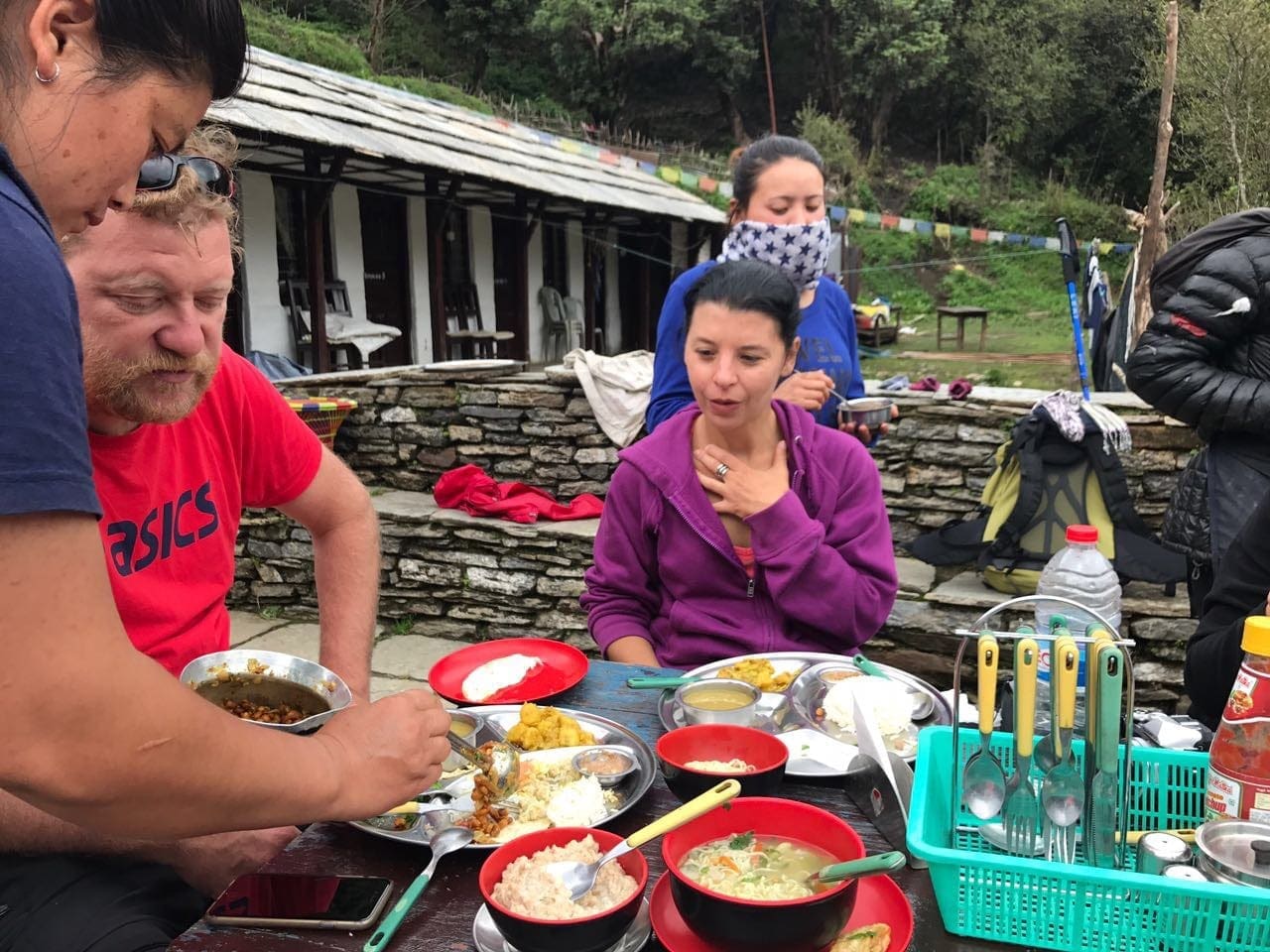
Also, a major reason why people travel is to enrich and broaden their perspective through their interactions with different cultures and nationalities. For travelers, looking for this kind of experience, homestays are a good platform to understand the perspectives of locals.
For conscious travelers who want to make a direct impact on the communities they visit, staying at community homestays is a good way for them to do so.
Many of our travelers have also shared forming bonds with their host families whereas others find the experience to be transformative. Many people find that although we may be from different parts of the world, we still have a lot in common.
I understand that 85% of the fee you charge tourists goes to the community. What is this used for?
With the community development fund, some community homestays have supported their local schools, installed street lights, conducted sanitation and hygiene programmes, and used the fund for community development activities.
Nepal is one of my favourite countries to visit in the world. What do you think are the key attractions of the country? Why should people visit it?
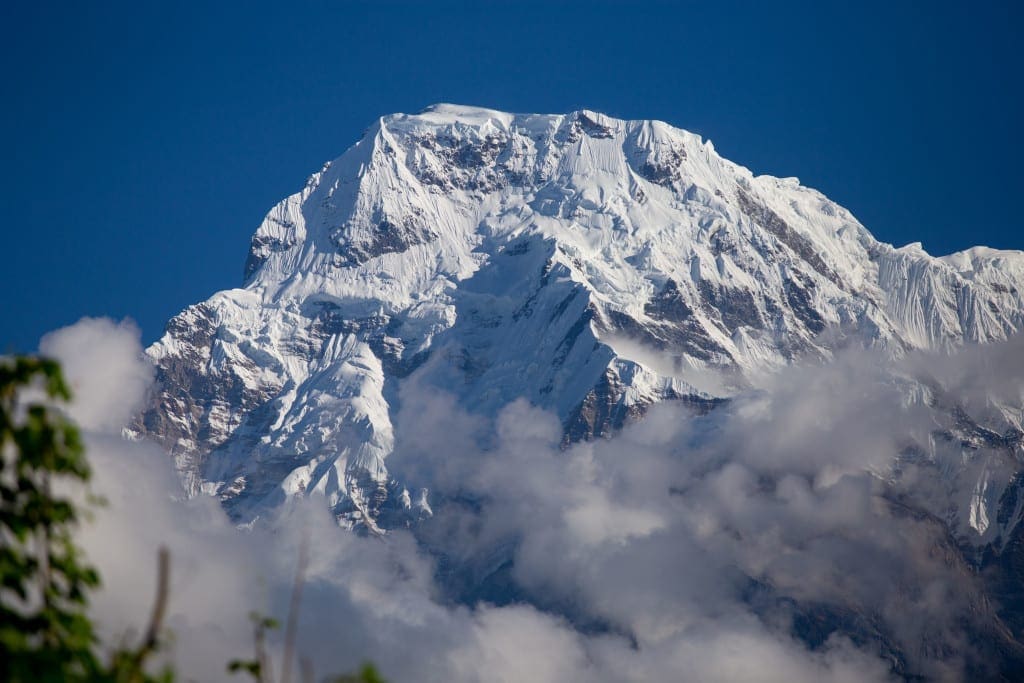
The landscapes of Nepal, particularly, our majestic mountains speak for themselves. From the East of the country to the West, one can find natural wonders wherever one looks. We have beautiful hiking trails.
Apart from the natural beauty that Nepal is endowed with, Nepal is also home to many diverse cultures. In one single visit to Nepal, travellers get to see a range of landscapes and also experience the hospitality of different cultures. This is why we have developed the community homestay circuits – so that travellers can experience multiple locations in just one trip.
Mark Bibby Jackson fell in love with travel in Nepal. Read about his return visit in Trekking in Nepal: Annapurna Revisited.
Also Nepali people have a very welcoming personality. We love tourists and go out of our way to help them see the best of our country.
Finally, Nepal has something for every kind of traveler. We have the mountains, hills, rivers for those who like adventure. We have heritage sites for those who are interested in ancient architecture. We have diverse cultures, for those who are interested in understanding other cultures, and we have a great deal for nature lovers.
Some people might be concerned about health and safety in staying in a homestay, especially post-Covid, how would you reassure them?
With support from our international partner organizations such as Planeterra, we have been organizing training sessions to prepare homestays to operate in a post-COVID world. When travel resumes, homestays will be required to follow government and international protocols for health and safety.
Tourism in Nepal has been blighted in the recent past by the Nepal Earthquake and now Covid. How much has the tourism community suffered in 2020, and how do you think it will fare in 2021?
When the earthquake happened, it was only limited to Nepal. We received a lot of support from our international partners to recover tourism. Revival post-COVID will be a lot more difficult because we will be competing with tourism destinations around the world for travellers’ attention.
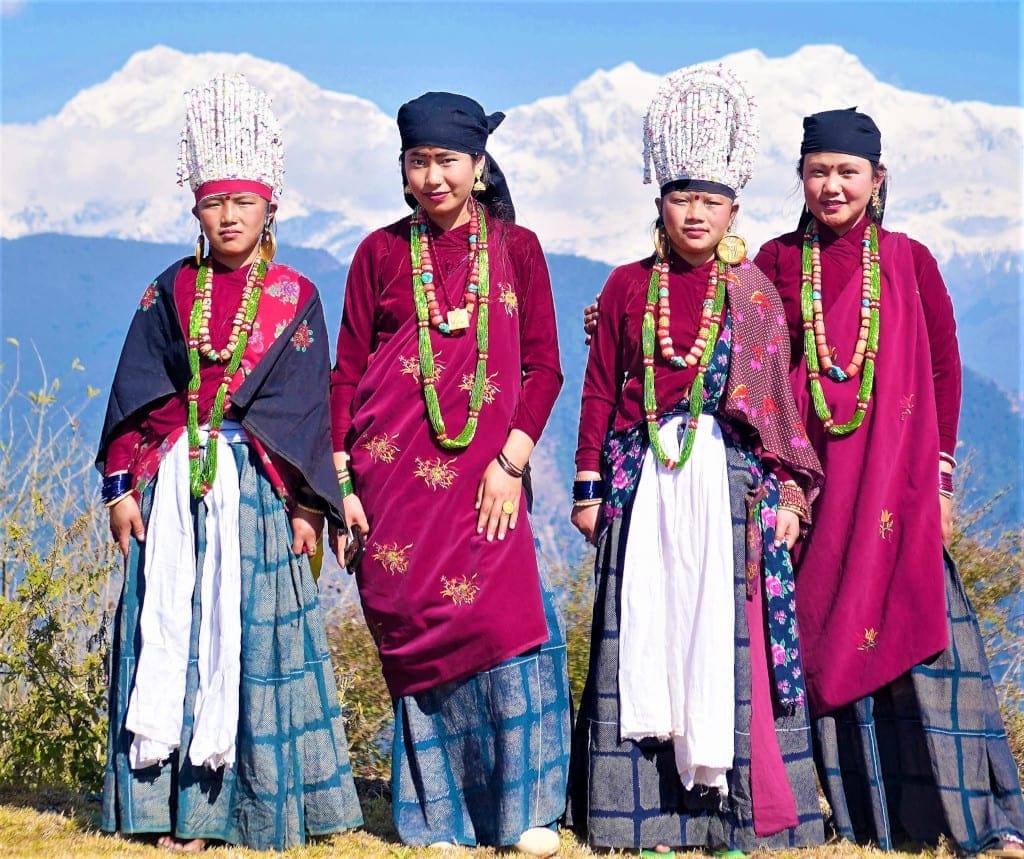
However, we are hopeful given travellers’ demand for isolated and nature-based destinations.
On the other hand, we do acknowledge that the tourism industry is particularly vulnerable to external shocks. Therefore, we are helping communities diversify their income.
Community Homestay Network has developed a project to support local communities develop and sell unique local products that will promote the destinations in which they are made. The project was awarded with Booking.com’s Booking Booster grant in 2020.
What plans do you have for the future? And how do you see tourism post-Covid?
In the future, we hope to expand the network and bring all of our homestays to an improved standard. We will also work on developing more community-based experiences.
Sustainability awareness has increased thanks to the time for reflection that lockdowns have provided. Therefore, we are hopeful that it will be a greener and more sustainable future.
For more information about the Community Homestay Network
Click here.
